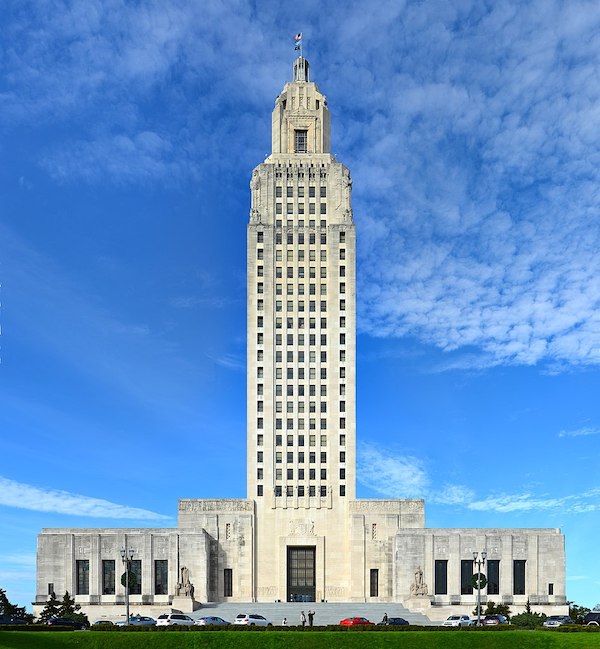Geneva "Neil" Champagne Bourg
November 27, 2006
A LESSON IN EXCELLENCE
November 29, 2006The Houma-Thibodaux Diocese has received the green light to go ahead with five reconstruction projects at facilities owned and operated by the diocese.
In mid-November, the State Bond Commission approved $582 million in funding for projects in the New Orleans area and, of that, the Houma-Thibodaux Diocese was awarded $20 million.
According to the diocese’s Business Manager, “The $20 million will be used to finance improvements at the schools owned by the diocese and the diocese’s office building.”
This will kick off one of the largest projects in years. Barbera said the plan is to make improvements to E.D. White Catholic High School in Thibodaux, Maria Immacolata Church in Houma, Holy Savior Elementary School in Lockport, St. Mary’s Nativity Church in Raceland and the diocese’s headquarters off of La. 311 in Schriever.
This is the first time in the local diocese’s 29-year history it applied for bonds. Barbera said traditionally the diocese obtains loans from its own banking system to pay for construction projects.
The Houma-Thibodaux Diocese began discussing the bond process more than a year ago. In April of this year, the diocese signed the agreement to begin the process. Barbera said it has taken them about eight months to put the whole transaction together.
“The process is much slower because it takes about two years to raise enough money to do one mid-sized construction project,” he said. “The low-increase loans make it efficient and less costly to build several projects at once.”
Barbera said it is a major relief in knowing that the diocese’s land or property is not required for collateral, as in the case with traditional lending institutions.
William Blair and Company, a Chicago-based company, is underwriting the tax-exempted bonds for the diocese. The bonds will be issued through the Louisiana Public Facility Authority, a governmental agency authorized to issue bonds.
The business manager said the loan would be repaid in 30 years through donations, interest investments, capital campaigns and parishioner donations.
“The guarantee that the bonds will be back is based strictly on the diocese’s credit,” Barbera said. “We are not in a rush to pay back the loan. We have 30 years and we are going to take the full 30 years.”
All of the planning projects have been in works for more than a year and are set to be complete in the next three to four years. Barbera said the oldest project dates back to 1998 when the diocese started construction at E.D. White adding new classrooms and a new library.
The business manager said this is the second phase of the construction. The Catholic high school will get a new gym and athletic field house, plus renovations will be made to the band room. The estimated cost for the project is $7.8 million.
St. Mary’s Nativity Church project is the newest of all. Barbera said the original plan was to build a cafetorium. Since the administrative offices were destroyed by last year’s storms, he said the diocese’s finance department decided to add rebuilding the offices to the plan.
According to the business manager, the project is estimated to cost $2.8 million.
Holy Savior Elementary School will also get a cafetorium, a cafeteria that can be converted into an auditorium. The $1.3 million project is already under way and is expected to be complete by the end of the year.
The diocese’s Pastoral Center is slated to get a conference area and two to three new administrative offices. Barbera said the architectural sketches for the project aren’t completed. The project is expected to cost $3 million.
“In addition to the projects we approved in this area, we signed off on local government request from St. Charles Parish to restructure debt using Gulf Opportunity Zone (GO Zone) bonds,” State Treasurer John Kennedy said in a recent release.
Barbera said the diocese applied for the interest-free GO Zone bonds, but was denied because they didn’t meet the qualifications. GO Zone bonds may only be issued for projects approved by the governor or the state bond commission. GO Zone bonds are 95 percent or more of the proceeds are used for qualified project costs. There are two types: exempt facility or qualified mortgage bonds.
GO Zone bonds were created as a broad new category of tax-exempt bonds to finance the construction and rehabilitation of residential and nonresidential property located in the Gulf Opportunity Zone.








